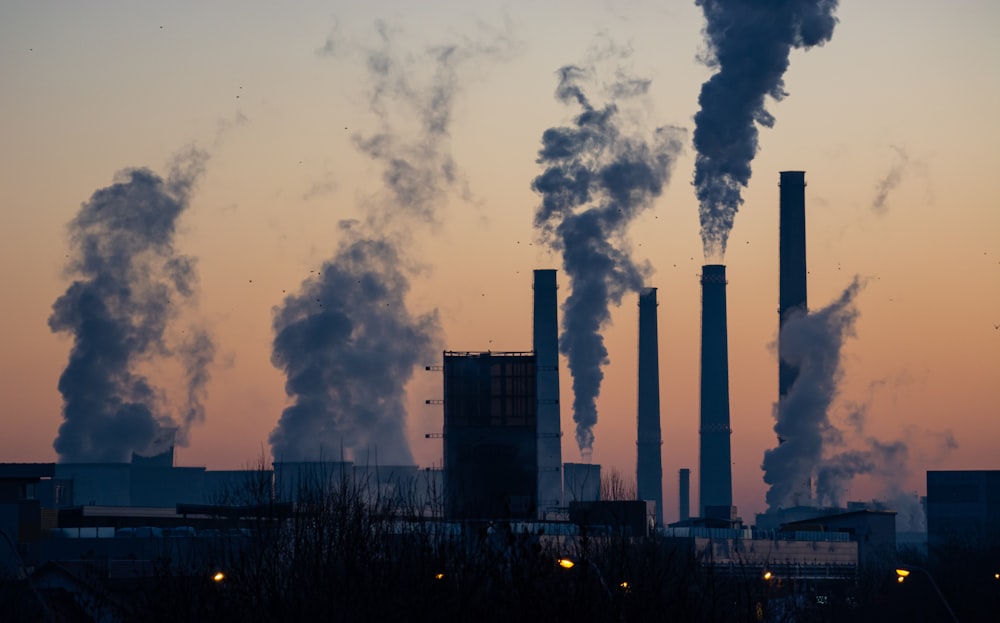
The opening line of a recent article in The Economist begins, “When Europeans turn their attention to what markets have to say, it is usually because trouble is brewing.” From the spread between Italian and Greek bond yields over those issued by the German government, European natural gas prices, to the value of the Euro versus the dollar. In times of crisis past and present, investors, politicians, and the media tend to focus on what these markets are signalling about the health of the European economy and political environment.1
The Economist then highlights a market that in their words is “far jollier” - the one for carbon credits. 🤦🏻♂️Wait, what! We really should be getting the terminology correct by now. Carbon allowances, not carbon credits. To their credit, The Economist go onto highlight how carbon price action over the past five years is a sign that investors and compliance participants believe Europe’s environmental ambitions to be credible:
Another market that is relatively new is the one for carbon credits—and the verdict here is far jollier. In 2005 the EU set up an emissions trading system, whereby large-scale polluters such as power plants need to pay for the right to belch carbon into the atmosphere. For years the price of these pollution credits languished at €10 a tonne or less. Such a low price gave no incentive for dirty factories to invest in green technologies, and suggested that Europe was not serious about cleaning up its act. No longer. Credits have soared since about 2018, briefly passing €100 earlier this year, and are now at €81. This helps fill state coffers. Better still, it suggests investors believe Europe’s environmental ambitions are credible. In recent times voters in many rich countries, including Germany and the Netherlands, have lashed out at costly green policies. Markets, crunching the views of countless participants, are indicating carbon credits do in fact have value—ie, the ambitious carbon-cutting agenda is here to stay.
The Economist have a reputation of being rather late to the party when identifying market trends. “Drowning in oil”, “The end of the Oil Age”, and “Recoil” are just three magazine covers that come to mind when it comes to their analysis of just one commodity, oil. Their market ‘insight’ features tend to make print only once a trend has become firmly established, and then of course the risk is that they overplay the staying power of the underlying trend.
In an article penned in early October (see Testing long term support) I identified that unless there was a cold winter and renewed political support for the EU carbon market then prices would likely fall below critical trend line support that has been in place since the middle of 2021. As I say in the article, “Normally, [an ascending triangle is] a sign of a bullish continuation, a decisive drop bellow the trend line could presage significant downside to EU carbon prices.”
Neither cold winter forecasts, nor renewed political support for the EU carbon market have emerged to support the EU carbon price. In the absence of these supporting factors the path of least resistance has been down.


